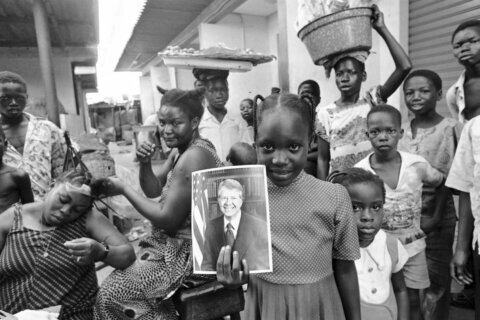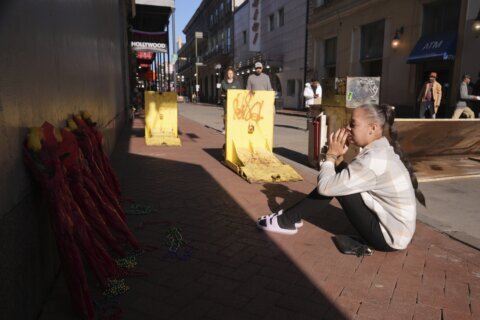Ari Ashe, wtop.com
SILVER SPRING, Md. – It’s known by several names: U.S. 29, Colesville Road and Columbia Pike. It’s a road many people use to commute between D.C. and Baltimore to avoid the hassle of Interstate 95 or the Baltimore-Washington Parkway.
“I use it almost every day to commute because I work in Olney and I live inside the Beltway,” says Jessie Manning of Silver Spring.
She takes U.S. 29 to the InterCounty Connector to Interstate 370 and consciously chooses it over I-95. And she’s not alone.
“I don’t like driving in Washington, so I will use 29 to drive to the Silver Spring Metro station, then use it to get into D.C.,” says Jay Bonstingl of Columbia, who uses the highway four times a week.
“It’s usually a pretty good ride, it’s a good route between Columbia and Silver Spring/D.C., even if it gets crowded once in awhile.”
U.S. 29 connects the Capital Beltway up to Interstate 70, about 10 miles west of the Baltimore Beltway.
“It is an incredibly important economic corridor from Columbia, through the Applied Physics Lab, to Maple Lawn, White Oak and Silver Spring,” says Howard County Executive Ken Ulman at a Action Committee for Transit meeting.
“The challenge is that we’re limited in mass transit, so I want us to think about linking communities across borders to solve congestion problems,” Ulman says.
According to the Maryland State Highway Administration, about 62,000 vehicles get off the Capital Beltway at U.S. 29 per day.
Another 80,000 vehicles use U.S. 29 at Md. 32, the exit commonly used for federal workers commuting from the D.C. metro region to Fort Meade.
And 145,000 vehicles get off U.S. 29 at U.S. Route 40, a popular way to commute into Baltimore.
“It is fair to say that several areas along U.S. 29 are among the busiest in Montgomery County,” says Charlie Gischlar, spokesman for the state highway administration.
“The same can be said for roads like Connecticut Avenue south of I-495 near the naval hospital, Rockville Pike south of I-495, Quince Orchard Road north of I-270 and Georgia Avenue north of I-495,” Gischlar says.
“I used to work in Silver Spring ,and 29 was the preferred route of choice, rather than I-95. Since they’ve made all the improvements on 29, putting in the overpasses, the road is basically congestion free until you get to the Beltway. It probably saves me at least 5 minutes,” says Leo Potsiadlo of Columbia.
He’s referring to projects that replaced traffic lights with interchanges at Briggs Chaney Road and Randolph Road.
Similar projects to build interchanges at Fairland Road, Stewart Lane and Tech Road also are on the drawing board.
“It still does tend to get bottled up out of downtown Silver Spring because of all the lights, but once you get north of the Beltway, things often clear up,” says Manning.
Another option being discussed is a 79-mile bus rapid transit system, with one route on Colesville Road from White Oak to Burtonsville.
“I think bus rapid transit is part of the solution in the Route 29 corridor,” says Ulman, who adds he would be interested in linking any BRT system into Howard County.
The Montgomery County Planning Board will hear debate on the proposal on March 18.
Most of these projects to reduce congestion would require Maryland lawmakers to pass a transportation funding bill.
Follow @AriAsheWTOP and @WTOP on Twitter.







